A colleague of mine, Lino Degasperis, recommended a book to me called “Teaching Minds: How cognitive science can save our schools” by Roger Schank (a lofty title, don’t you think?). I find I learn best from text if I summarize what I’m reading, so I’ll post my summaries to my blog in the event that some of the ideas in Mr. Schank’s book are of interest to you. Here are the first four chapters.

Preface:
The old / traditional / accepted teaching style is to tell students information or how to do something & it is their job to remember it & apply it. But this doesn’t work; just listening to a teacher.
We need to have students DOING; to learn in an environment where they have access to feedback (apprenticeship model).
Ch. 1: Cognitive Process-based Education
Learning is goal-oriented. But it is not one of our students’ intrinsic goals to learn the subject matter that we traditionally teach in schools (algebra, physics, etc). However, students do want to learn to be good at skills like diagnosing problems based on evidence through scientific reasonsing (ie. what’s wrong with my car?) and building human relationships through an understanding of one’s self and others (ie. dating), etc. We should organize schools around these types of cognitive processes instead of subject areas. Students could even choose which areas of knowledge to which they’d like to apply these processes, increasing their engagement and interest.
Ch. 2: Teaching Kids to Walk & Talk
We learn from our mistakes and failures. Our subconscious, which controls most of our actions, learns by repeated practice.
Effective teachers:
– provoke students to question their beliefs or a set of known facts.
– don’t give answers; they facilitate students in developing questions to which they can then seek the answers.
– model behaviors and ways of thinking rather than tell students how to behave and think.
– are genuine & authentic with their students.
– act as mentors to students
– encourage students to be true to themselves and follow their intuitions.
– create understanding of how to begin a process.
– help students understand their role in life and the roles of those around them.
We must teach students:
– to be critics
– whom to lookup to & emulate
– to recognize where they fit
– to take actions, and
– to think.
Ch. 3 What Can’t You Teach?
You can’t teach someone something that:
– does not help them reach their own personally-held goals
– goes against their very nature or personality
– goes against their subconscious beliefs (nurturing from early childhood; before 7 yrs old)
You can’t teach someone to be something they’re not. You can only make them aware of their innate characteristics and hope they’ll consider moderating that subconscious trait or behaviour in situations in which they have the time to think it through.
Teach through experiences. We learn by doing.
Teach through stories b/c we engage with stories emotionally and can unpack the ideas behind them through analytical discussions with others.
Let people learn things they are truly interested in.
Ch.4 Twelve Cognitive Processes that Underlie Learning
Conceptual Processes:
1. Prediction: Predict outcomes of our actions & learn when the actual outcome does not match (when we make mistakes).
2. Modeling: build a conscious model of a process; design it, modify it, & simulate it.
3. Experimentation: The learning that comes after prediction (#1); analysing outcomes/mistakes and adjusting future actions accordingly.
4.Evaluation: Determine the value of something on a variety of dimensions.
Analytic Processes (evidence –> hypothesis –> testing hypothesis):
1. Diagnosis: Knowing where or what to look for as evidence & weighing the evidence (reasoning).
2. Planning: Creating a plan from scratch & modifying previous plans to meet new/different needs.
3. Causation: Understanding & knowing cause & effect.
4. Judgement: Objective. Based on evidence. Requires feedback from people or from reality to record judements as successful or not (in order to learn for next time).
Social Processes:
1. Influence: Studying our interactions with others. Practice new behaviours & get feedback on them.
2. Teamwork: Learning to take on roles that allow people to work together using their strengths to help the team.
3. Negotiation: making deals.
4. Describing: Detailed. What is happening (or what is not).
Learning can be defined as improvement of these 12 cognitive processes achieved through repeated practice & critical feedback (coaching).

Ch. 5 Real-life Learning Projects Considered
We must teach cognitive processes in place of subject-specific knowledge. We can do this by presenting students with scenarios/tasks that require them to use and build their capacity in these 12 cognitive processes. Avoid simply spewing out knowledge based facts. Ask students to do, model, diagnose, & make judgements about a variety of scenarios.
Ch. 6 A Socratic Dialogue
Effective teaching involves real experiences (stored as representative cases expressed through stories), practice, and dialogue.
Ch. 7 Knowledge-Based Education VS Process-Based Education
Teaching students to think critically and clearly is more important than teaching them facts. Teach them how to think, not what to think.
“Knowledge acquisition is a nutural result of engaging in cognitive processes that are being employed to satisfy a truly held goal.” True learning does not come from forced memorisation of facts related to an extrinsically held goal.
Society’s reliance on “testing” leads us to fall back on teaching students facts.
Problems with testing:
– Relies on one right answer; which isn’t often the case in real life.
– Places more importance on subjects that are often irrelevant after high school.
– Causes “teaching to the test” in order to maintain the teacher’s or school’s reputation.
Different schools should teach different things (student bodies will be of different backgrounds, rooted in different cultures, in different geographies, etc.). Likewise, individual students have individual learning needs and interests; they should be able to learn what they need for life and not one set general curriculum for all students. The subject areas deemed “important” change over time and we erroneously devote more time and effort to them. We need to become comfortable teaching subjects or issues that are perhaps not easily testable. School should not be about ranking kids in an academic competition, it should be about teaching skills for real life. Thinking needs to be more highly valued than knowing; trying & experimenting more highly valued than getting “the right answer” because we learn from our mistakes as well as from situations that don’t turn out the way we expected.
Ch. 8 New Curricula for a New Way of Teaching
Schank warns against creating departments surrounding the cognitive processes; this would mimic our past mistake of creating departments around subject areas.
He suggests, instead, a “story-centred curriculum” in which student engage in a real life scenario/context/story where other people take on the role of people the student would encounter in this scenario and the student takes on a realistic role that they might have in the future. For example, a student in health sciences might be asked to diagnose a fictional patient and detail a treatment plan.
By having students work through these scenarios, the students engage with and become experienced in the 12 cognitive processes rather than attempt to gain long-term knowledge (b/c Schank argues that we forget the facts shortly anyway).
Effective thinking looks like this:
predict –> prediction fails –> generalise –> explain –> predict anew
Ch. 9 How to Teach the 12 Cognitive Processes that Underlie Learning
On testing in schools: “The reason we have all those tests is simply because we have no idea how to make people learn all the stuff that is part of that subject-based system without threatening them. No on really wants to learn the Pythagorean theorem … Let scholars know about thee things; the average person just doesn’t need to know this stuff.”
We need to formulate a “case base” in which we index past experiences/stories so that we can learn from ours or others’ mistakes and failures. This must be done through practice and not by telling students about something. We also need need someone to explicitly ask us to refelct on our experiences in order to help us properly index these scenarios and learn from them.
How to teach prediction:
Ask students to make predictions in a variety of scenarios. Explicitly discuss which previous experiences they are drawing upon to make their predictions and how close those “scripts” are to the present scenario.
How to teach modelling:
Have students create models of physical objects as well as social processes that interest them. They need to understand how and why something works, and ways that it could perhaps be improved.
How to teach experimentation:
The key is that we have to tap into what a student is naturally concerned about or interested in. Teach them to make a hypothesis (predict) and then gather evidence that will confirm or deny their hypothesis. Teach them to evaluate their evidence, draw conclusions, and add them to their personal database of experiences & conclusions.
How to teach evaluation (the assignment of a value to something):
It is very difficult to verbally teach someone to like or dislike something. However, through repeated exposure to an object or event in which we pair it with a positive, enjoyable emotional response, we can start to affect this subconscious process.
How to teach diagnosis:
Diagnosis requires a great deal of knowledge in the subject area of the the particular diagnosis at hand. It involves knowing what evidence to look for and comparing it to previous cases & experience.
How to teach planning:
Planning usually involves adapting an old plan to meet the current situation, trying it out, and reflecting afterwards on its effectiveness. It involves understanding your goals, how to meet them, the obstacles that might stand in the way, and how to overcome those obstacles. Start by analyzing simple plans for simple situations and build on their successes & failures to build more complex plans.
How to teach causation:
Determining causation requires much knowledge in a certain subject area. It requires analysis of experiences & situations.
How to teach judgment:
Making judgments is learned by starting with simple judgments, collecting evidence of what results from them, and analyzing their effectiveness. Then we build on this case base of simple judements to form more complex ones. Judgments must be reasoned and based on evidence. Ask kids to make judgments about issues relevant & of interest to them. E.g. Who in your life is a great leader?
How to teach influence:
Influence is taught through analysis of your own case base. It is best taught via a mentor who will discuss your experiences with you and analyze why your behaviour was successful or not.
How to teach teamwork:
Teamwork is taught by working with others, and analyzing our successes & failures as a team. We then try to reduce the beahviours that led to failures and increase the behaviours that lead to successes.
How to teach negotation:
Negotiation is best taught by a mentor or conselor who watches you negotiate and offer tips and advice. Otherwise we learn by analyzing our past experiences with negatiation; what worked and what didn’t.
How to teach describing:
Describing is learned through experience and coaching. Students should be asked to describe orally and in writing on subjects that they are passionate about.
Summarily, cognitive processes are taught by providing students with experiences that begin simply and build in complexity over time. Good teachers provide these experiences and facilitate an analysis of the evidence accumulated, helping students reflect on their successes and failures in order to draw conclusions.
Ch. 10: Defining Intelligence
“There is a difference between ignorance and stupidity, just as there is a difference between knowledge and intelligence”.
While schools and tests tend to test intelligence using math and logic problems, in real life contexts most of us see intelligence as the ability to make a reasoned, evidence-based, coherent argument.
Schank posits that the following cognitive processes are not essential to “intelligence” as we see it:
– evaluation
– influence
– teamwork
– negotation
– modeling (related but not essential)
– experimenting (related but not essential)
– prediction (when it is not supported by causation)
– judgment
These cognitive processes are indicators of a person’s intelligence:
– describing
– diagnosis
– causation
– prediction (when supported by causation)
– planning
Schools concentrate too much on providing a knowledge base to its students. If we want to teach people to be more intelligent, we must teach them to use that knowledge base in order to make diagnoses, plan well, determine causation, and clearly describe one’s reasoning.
Ch. 11 Restructuring the University
Universities should move away from creating departments based on academic subject areas and instead group people according to the ways that they think.
Schank proposes a 4-year program breaking down as follows:
Year 1: Take a course in each of the conceptual cognitive processes (Prediction, modeling, experimentation & evaluation) that would be taught by teams of professors whose academic subject area relies on these processes.
*But what about the subject-specific knowledge these students need in order to implement these cognitive processes? The idea is that students will learn it as required to work through their thinking experiences; “just-in time learning”. The notion that all of that knowledge needs to be front-loaded is flawed.
Year 2: Courses teaching the analytic processes (Diagnosis, Judgement, Planning & Causation) by professors skilled in those cognitive processes across academic areas. Students should be given experiences that allow them to try their hand at these analytic processes and receive evaluation & feedback from professors. The social process of Describing will come in to play here as students present their work in oral & written forms to their faculty and peers.
Year 3 & beyond: Allow student to chose whether or not they want to major in a subject area. They could even major in a subject area w/ a specialist in a cognitive process (e.g. financial diagnosis). Students should be allowed to choose a variety of courses across subject areas, cognitive processes, and job skills.
However, for this to work, high-schools would also need to change their format.
Ch. 12 How Not to Teach
Students don’t learn by being told facts or how to do something. Students learn through repeated practice; doing. We must teach students how to think and reason for themselves; not tell them what we already know to be true.
Teachers need to separate themselves from the assessment process. A teacher should guide a student’s learning, but someone else should be the final judge of a student’s ability or progress so that the student’s need to please the teacher and pass the test won’t become an impediment to their learning.
Teachers should teach practice first (the “how”) and theory/fact (the “what”) second, if at all. Students need to learn through doing, and will pick up facts and theory along the way as needed and in context. The reason most schools don’t work that way is because it is harder to test how a person does something than what they know.
Tell students the purpose of what you’re teaching them. But don’t lie and say they’ll need it later in life when they actually won’t (e.g. algebra). Don’t teach them things that you don’t have a purpose for.
Homework should only be repeated practice (not studying key terms, etc) or creating a product. Studying the theories cannot replace practice.
Teach students things they will likely need to know after leaving school. Students learn best when the learning goal is something they actually are motivated to reach; they must actually value that goal.
Act as a guide or mentor to help students determine and explain their own mistakes. They will remember their mistakes better this way.
Do not assume that a student has heard, or will remember, something you’ve said.
“… I do not think it is the job of a teacher to tell students facts. A teacher’s primary responsibility is to get student’s to understand the world better and to help enhance their capabilities. … Comprehension is … arrived at by thinking. Ability comes from practice.”
“Teachers can encourage thinking by making sure students have something confusing to think about.”
Ch. 13 How the Best Universities Inadvertantly Ruin our Schools
It does not make sense to teach every student the facts and knowledge-base needed for every career option in order to leave their options open for later. We should teach them how to think, and once they specialize in a discipline (in college/university or later) they can learn or be taught the knowledge base they need.
Universities are interested in 2 things: making money (from students & through the outside funding of their professors) and building their reputations in order to attract more students.
Most professors are interested in getting the lightest possible teaching load and generating the best reputation possible for themselves in the realm of academia. Undergraduate students pay the bills. Graduate students are given more attention as they might eventually become professors themselves & they take courses in which a professor gets to teach within his specialized field. Professors who are superstars in research & innovation are not necessarily any good at teaching.
Departments that don’t get much outside funding have difficulty growing (e.g. Mathematics). Their basic curriculums/knowledge base/facts get pushed down to the high-school curriculum so that students have the basics when they enter & professors won’t have to teach it to them. High-schools become a preparatory for universities because parents want them to help their children get accepted.
Most students go to univerity thinking it will prepare them for a job in their field of study. Yet most universities teach no job skills; they only prepare students to be researchers or academics in that field.
None of this will change until an alternative university model (e.g. online project-based courses) successfully competes against the current model and begins stealing students. In the meantime, high schools need to start teaching students how to think instead of preparing them for university in a one-size fits all subject-specific model.
Ch. 14 What Can We Do About It?
“Mariners do know physics, of course – practical physics about load balancing, for example – but they do not have to know how to derive the equations that describe it.”
Give studets choices. Provide experiences in the presence of a mentor.
Create experience-based, story-centered curriculum based on the cognitive processes and offer it online where anybody can access it.
Characteristics of the curriuculum Schanks envisions:
– experiential; learn by doing
– online
– mentorship; guiding students, not giving them facts or answers
– students regularly submit products for evaluation & feedback
– curriculum designed by experts in the field to provide a simulation of life (job) in that field
– requires students to work in teams (virtually Schanks says)
– provides students with choice of which course(s) to take
– project-based with clear goals
The obstacles to this model:
– finding the experts to build it
– paying the experts
– getting schools to change to this model
– training teachers to be mentors
– Laura Wheeler (Teacher @ Ridgemont High School, OCDSB; Ottawa, ON)


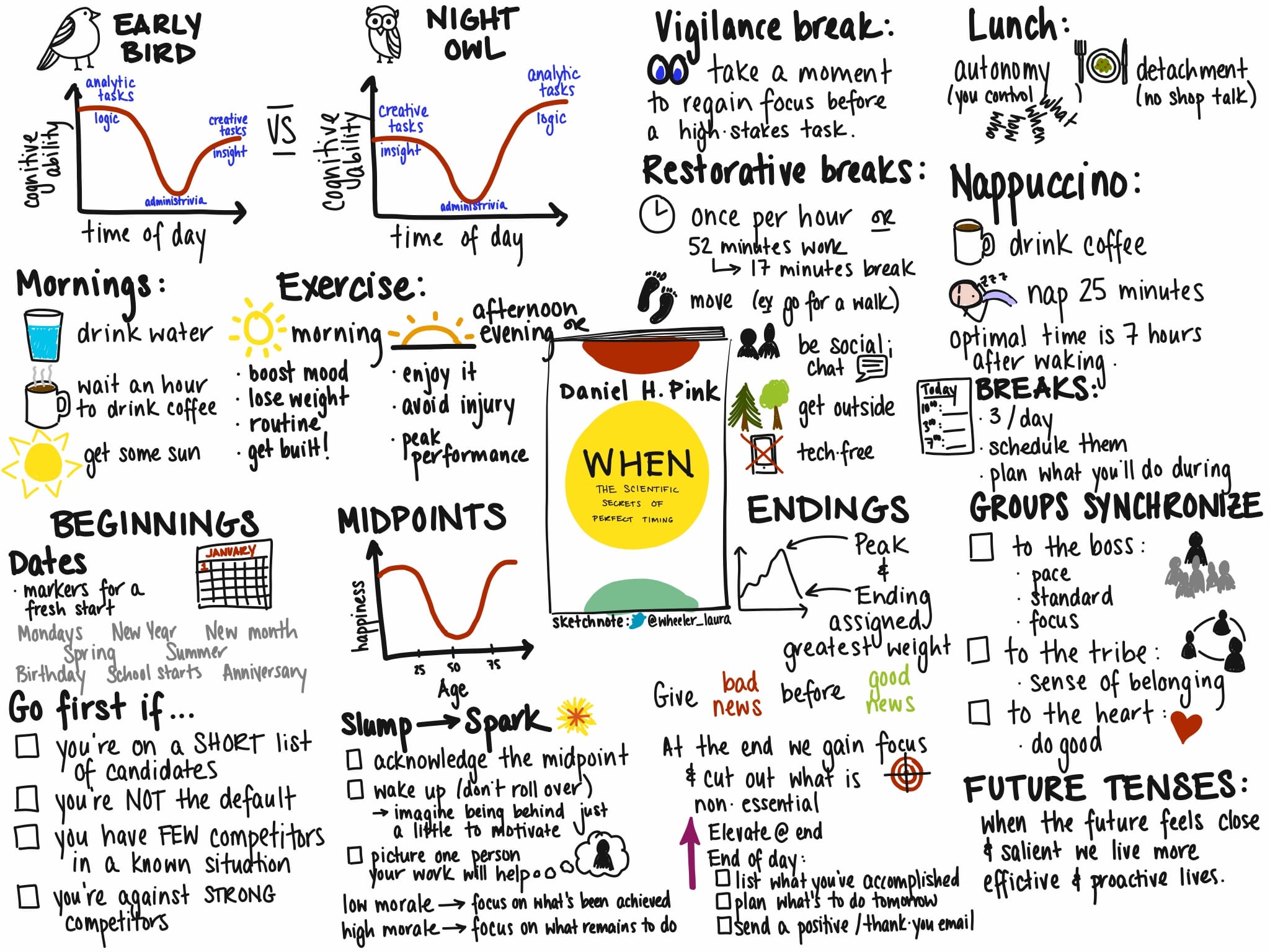
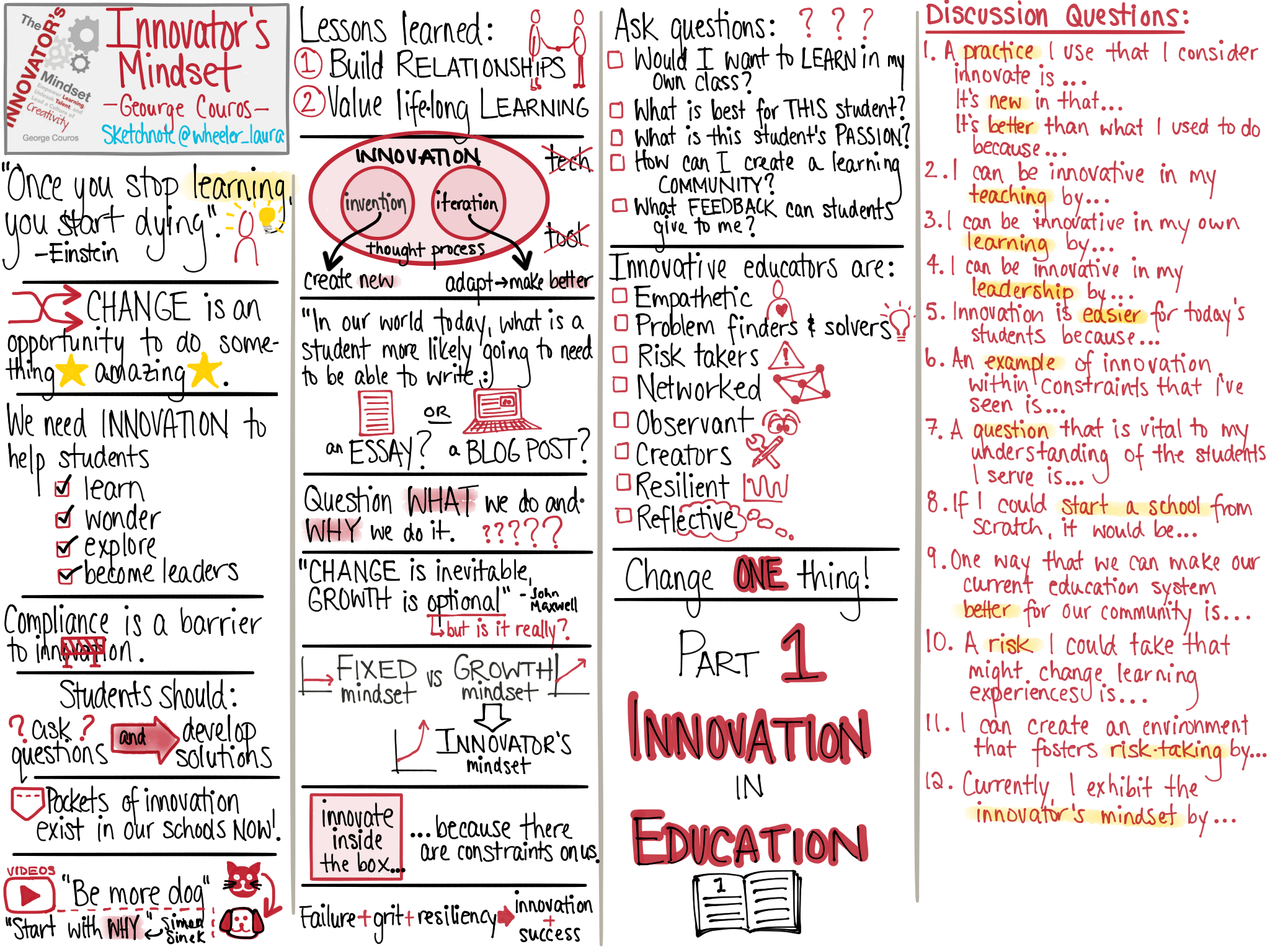
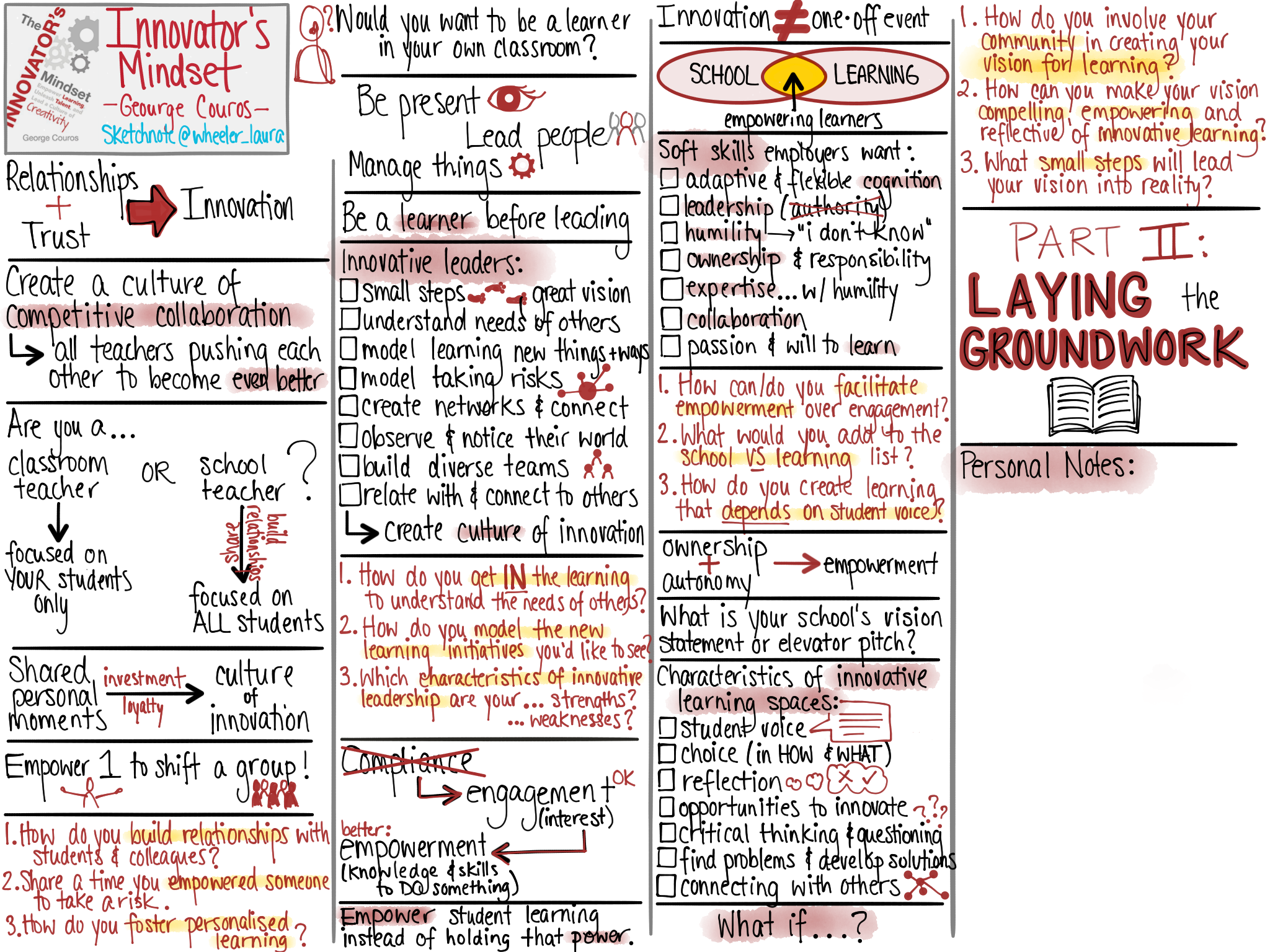
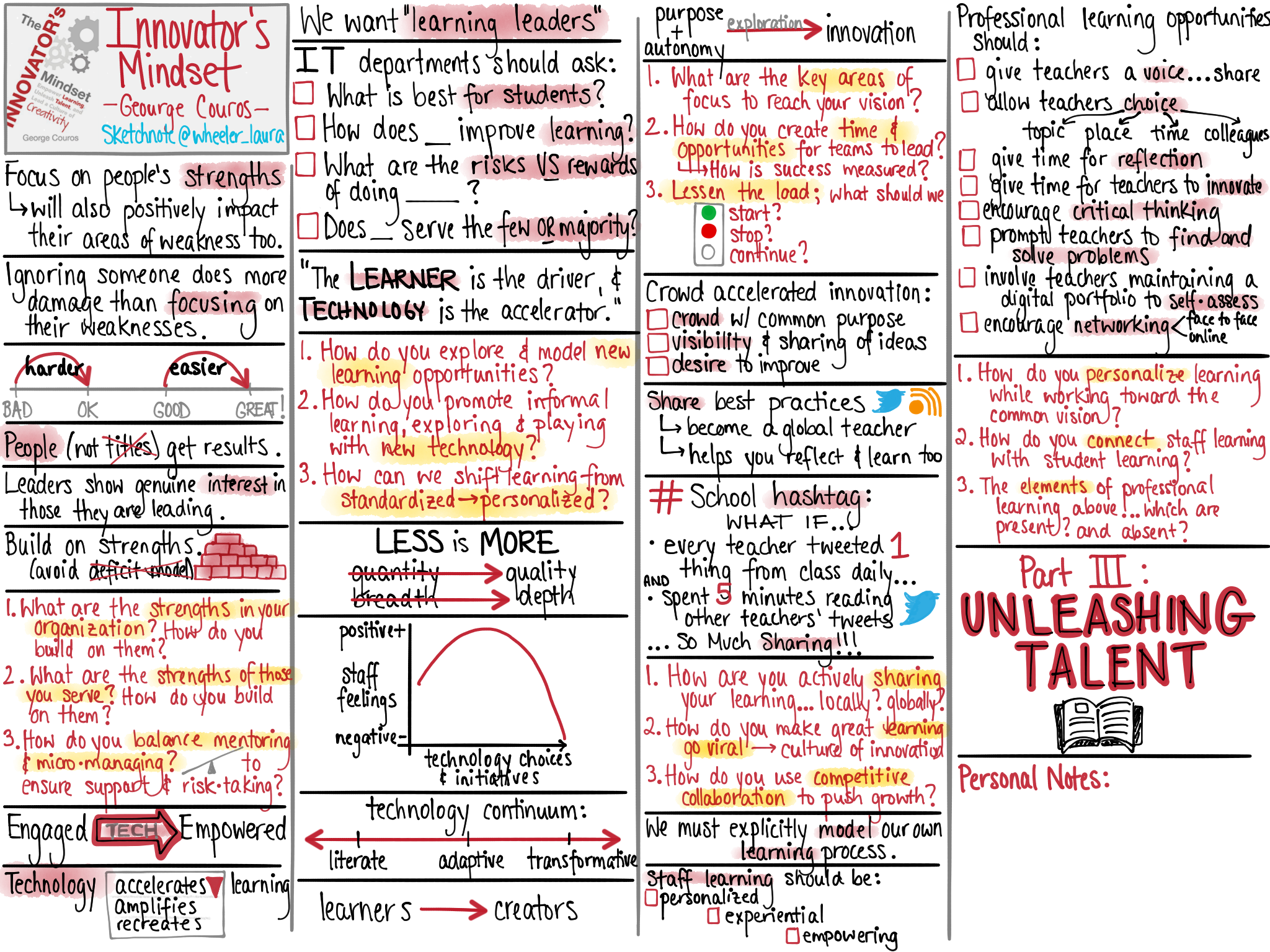
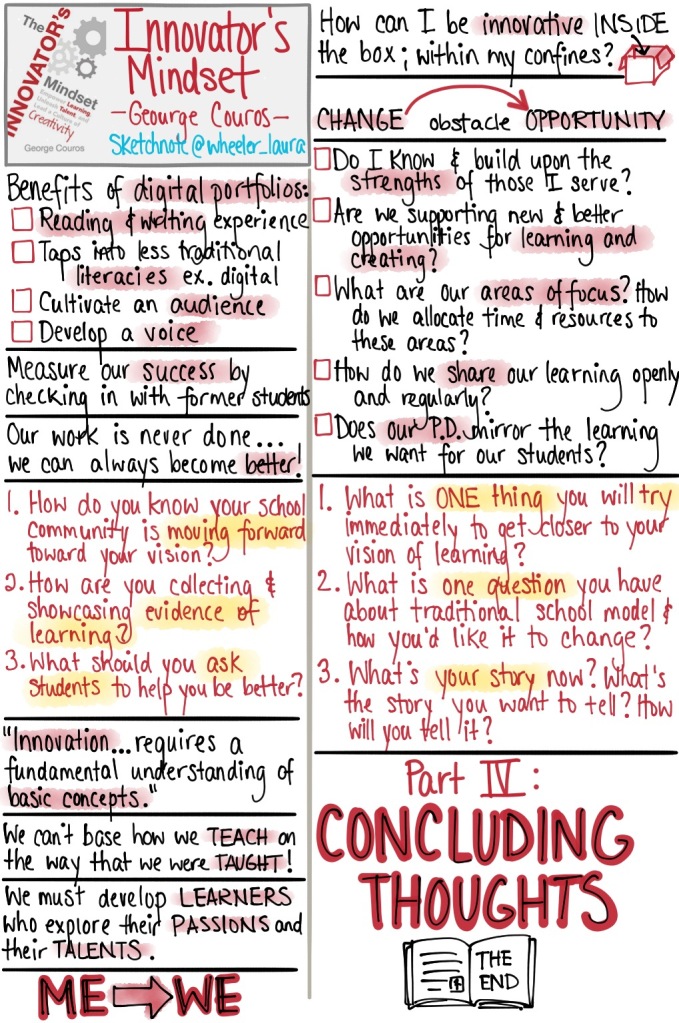
 Mathematics” for uOttawa’s B.Ed. program (which I’m teaching for the first time this term) uses it with her students. Not having ready it before, I was not prepared to ask my students to purchase a copy just yet.
Mathematics” for uOttawa’s B.Ed. program (which I’m teaching for the first time this term) uses it with her students. Not having ready it before, I was not prepared to ask my students to purchase a copy just yet.
